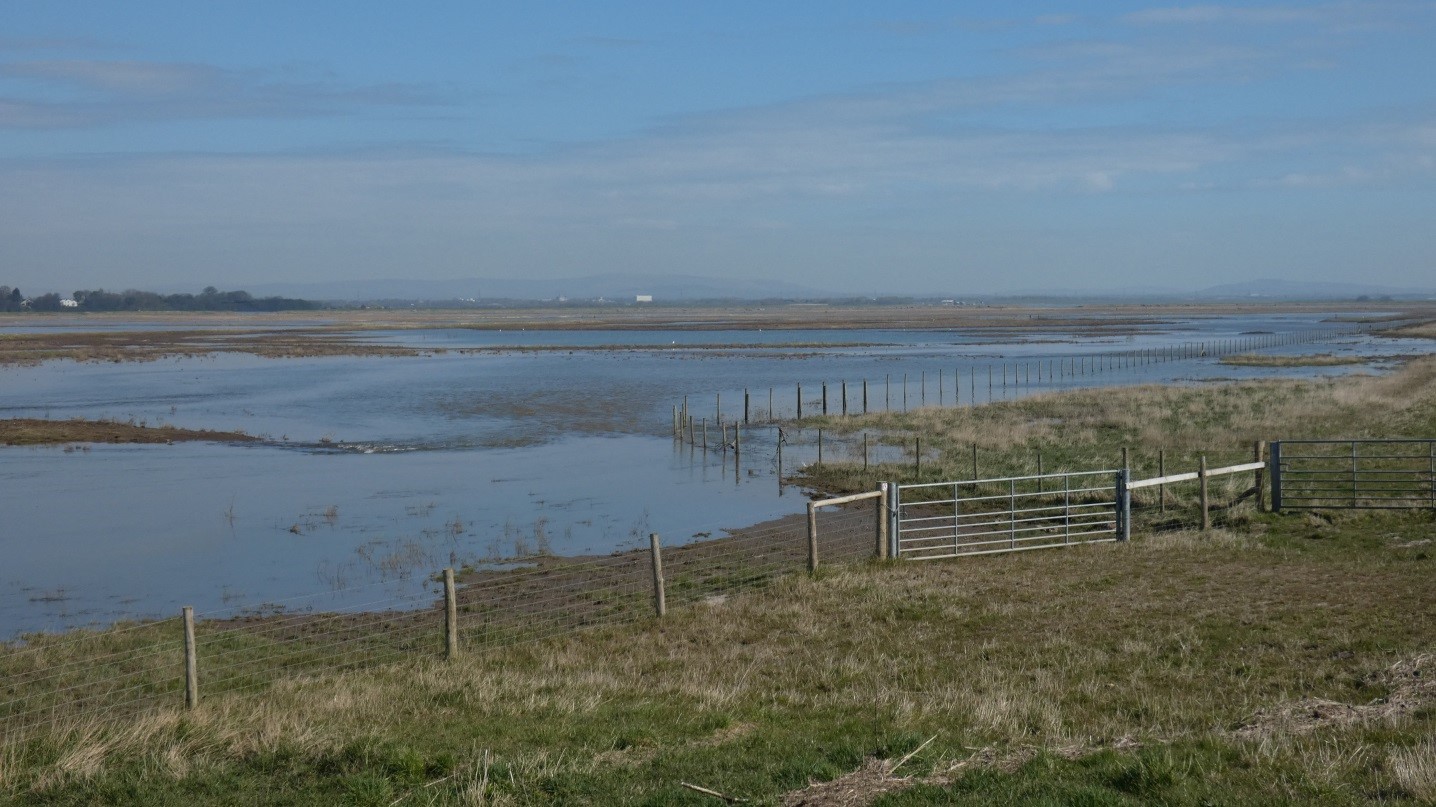The total costs of the first phase of the Hesketh Out Marsh realignment (completed in 2008) are not available but the Environmental Agency estimates that about £2m saving was made from the ability to use local soil for the bank improvement work. The total out-turn cost of the second phase of the Hesketh Out Marsh realignment (completed in 2017) is £7.2m including both Environment Agency (project management costs) and RSPB expenditure (including land purchase and land management costs funded by RSPB and grants from external sources).
Land purchasing was an important component of the total project costs. In the first part, the high cost of the land implied that the project only became economically feasible when the opportunity arose for the site to provide compensatory habitat to offset damage to the Morecambe Bay SPA in Lancaster District. The Lancaster City Council was looking for a suitable compensation site to offset lost intertidal habitat that would result from a project to improve the defences on part of Morecambe’s sea frontage. The Lancaster City Council was able to help funding the purchase of the site as compensation for the habitat loss in Morecambe Bay SPA occasioned by the sea defence works at Morecambe.
Moreover, the Environmental Agency was able to contribute a significant amount towards the cost of the land in exchange for the use of the soil derived from excavating the creeks and lagoons on the site for the defence work. The availability of the material on site made the project feasible: a hugely expensive and environmentally damaging operation to import soil to the site by road was not necessary.
The purchase of the land for the managed realignment of Hesketh Out Marsh East (the second part of the entire site) was funded through a significant grant of FCC Environment.
Finally, funds from Biffaward and Natural England were used to provide facilities and services to visitors and for the cows and sheep that graze the marshes. These funds have also been used for research about the changes that are taking place as a consequence of the managed realignment.
The Hesketh Out Marsh project provides protection from 1 in 200 years flooding event for about 140 residential properties and 3 commercial buildings. The newly created 322 hectares of saltmarshes in front of the flood defence embankment dissipate tidal energy, improving the resilience of coastal defences. Moreover, they provide priority intertidal habitats (according to the EU Habitats Directive) and biodiversity benefits for water birds, fish and invertebrates. Key target bird species for the recreated habitat include redshank, avocet and lapwing. Extensive data on bird species richness and abundance has been collected in recent years, clearly confirming the positive development of vulnerable natural habitats. The Hesketh Out Marsh project also contributes to the implementation of the EU Water Framework Directive: it is a key target action for the Ribble catchment in the North West River Basin Management Plan (RBMP).
The project has also created a significant new recreational asset for the Ribble Coast & Wetlands Regional Park. It attracts 10,000 visitors per year as well as a dynamic educational resource for students of coastal change and adaptation.



